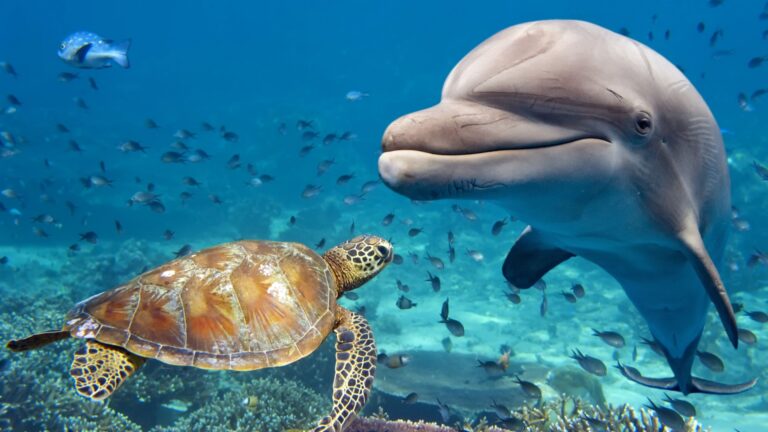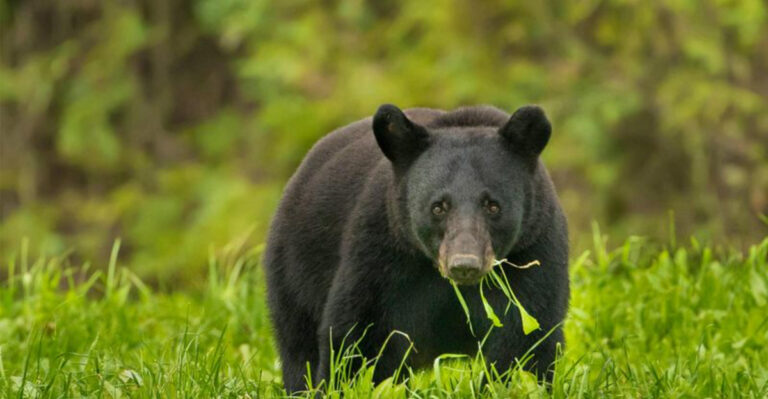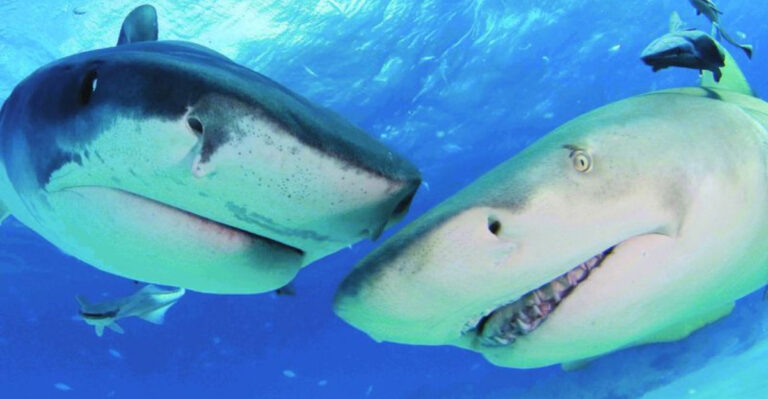15 Animals That Drain Zoos’ Budgets (Some Cost Over $1 Million A Year To Maintain)

Behind the magical experience of seeing exotic creatures at the zoo lies a staggering financial reality.
Zoos worldwide pour millions into maintaining their animal residents, with some species requiring astronomical budgets that would make your jaw drop. These fascinating animals come with price tags that can strain even the most established institutions.
1. Elephants: The Million-Dollar Mammals

A single elephant costs zoos approximately $70,000 annually in food alone, munching through 300 pounds daily. Their massive habitats require constant maintenance and specialized equipment.
These intelligent giants need extensive enrichment programs and often suffer health issues requiring specialized veterinary care. Most major zoos spend between $500,000 and $1.2 million yearly per elephant, making them budget-busting residents that administrators must justify through visitor appeal.
2. Polar Bears: Arctic Budget Breakers
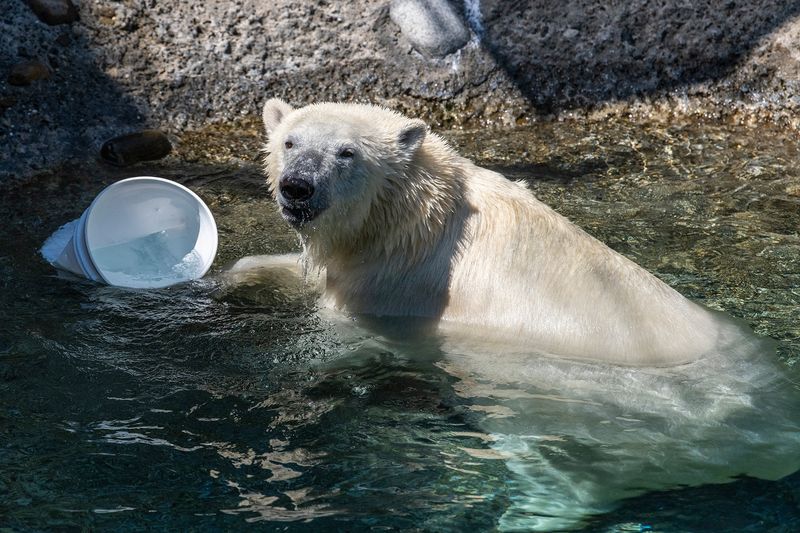
Creating arctic conditions in non-polar climates burns through electricity like nothing else. Polar bears require massive refrigerated pools and air-conditioned spaces that run 24/7.
Their specialized diets of fish, meat, and supplements cost upwards of $25,000 annually per bear. When you factor in the complex habitat engineering needed to satisfy these powerful swimmers and hunters, zoos typically spend over $600,000 yearly maintaining each polar bear exhibit.
3. Gorillas: Primate Price Tags
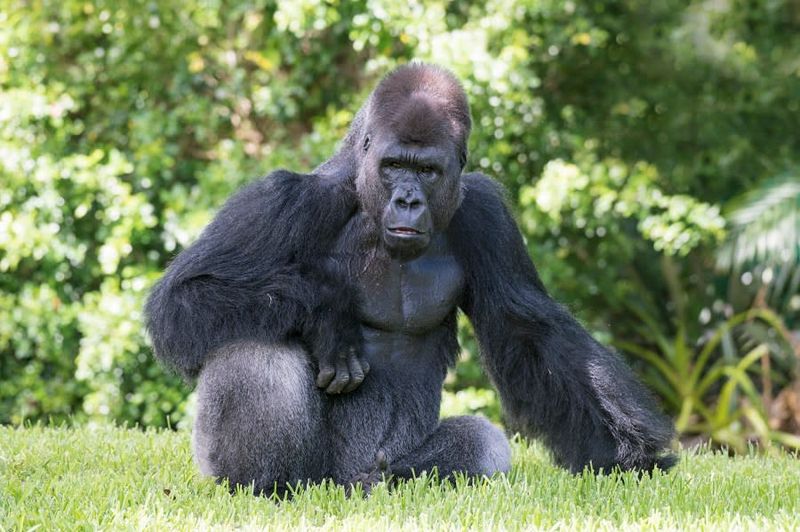
Gorillas live in complex social groups requiring enormous indoor-outdoor habitats with climbing structures that cost millions to build. Their daily care involves specialized diets of vegetables, fruits, and nutritional supplements totaling about $18,000 per gorilla annually.
Medical care for these intelligent primates rivals human healthcare, with regular checkups, dental work, and psychological monitoring. Altogether, a gorilla troop can drain over $800,000 yearly from a zoo’s operating budget.
4. Pandas: The Rental Royalty

China charges institutions a “panda rental fee” of approximately $1 million annually per bear. This doesn’t include the specialized bamboo diet costing $200,000+ yearly, shipped fresh multiple times weekly.
Zoos must build panda-specific habitats with climate control systems mimicking their native mountain regions. Add specialized veterinary care and breeding programs, and pandas easily become the most expensive zoo residents, costing some institutions over $2.5 million annually.
5. Rhinos: Heavy Hitters On The Ledger
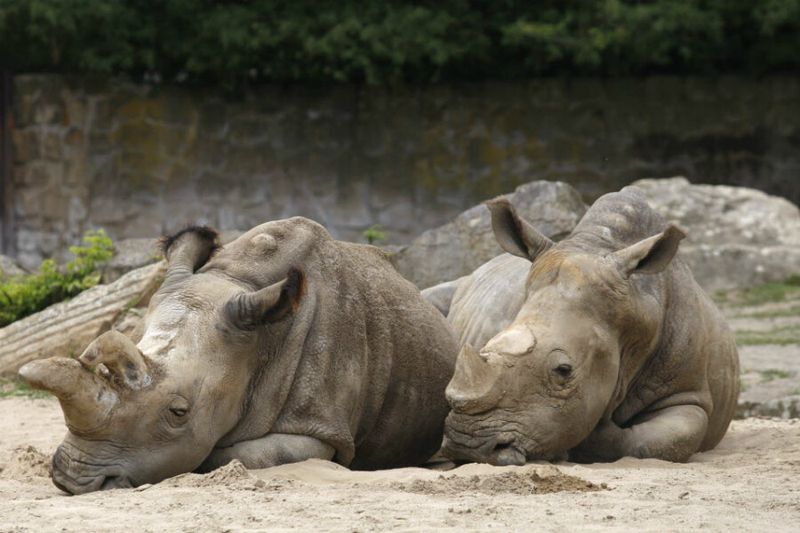
Rhinos demolish their surroundings through normal behavior, requiring reinforced walls, gates, and furniture that must be regularly replaced. Their massive weight damages flooring, requiring specialized foundations costing hundreds of thousands to install.
Security costs soar due to rhino horn’s black market value, necessitating 24-hour surveillance. Between specialized diets, habitat maintenance, and security measures, zoos spend approximately $450,000 annually per rhino.
6. Giraffes: Towering Expenses

Housing giraffes requires buildings with 20+ foot ceilings and specialized heating systems since these tall mammals can’t tolerate cold. Their habitats need multiple acres with expensive high feeders and specialized neck-height enrichment activities.
Giraffes require constant hoof care and specialized diets of acacia browse, hay, and supplements. Transportation costs skyrocket due to their height, requiring custom vehicles. All told, giraffes cost zoos approximately $200,000 annually per animal.
7. Koalas: Eucalyptus Eaters Emptying Accounts
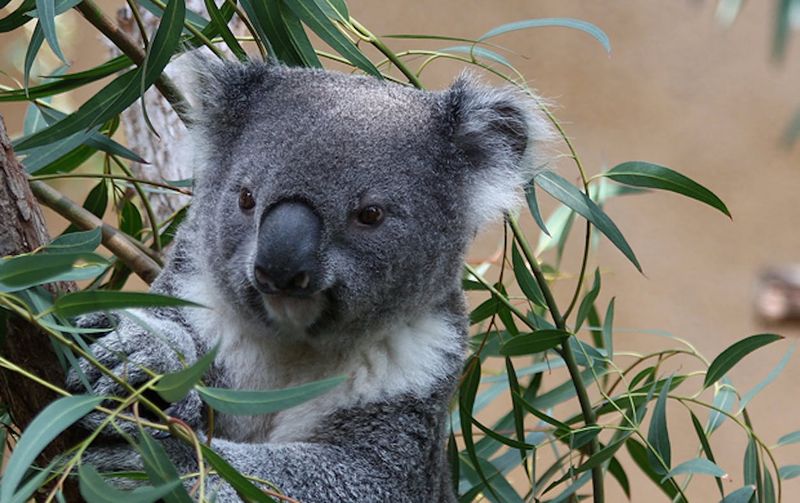
Koalas eat exclusively eucalyptus leaves, a diet that’s astronomically expensive outside Australia. American zoos fly in fresh eucalyptus multiple times weekly, costing up to $100,000 annually per koala. Their specialized habitats require strict climate control and humidity management.
Koalas also need extensive veterinary care for common issues like chlamydia and dental problems. Between specialized diet, habitat, and medical needs, koalas cost zoos approximately $300,000 per animal yearly.
8. Hippos: Water Bill Nightmares
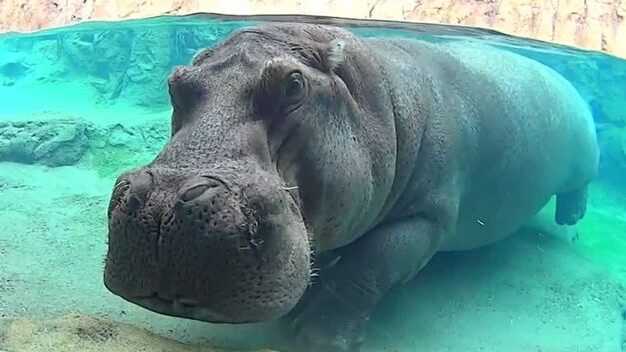
Hippos require enormous pools with sophisticated filtration systems that must clean thousands of gallons daily. Their waste production is legendary, creating massive water treatment expenses as a single hippo can produce 100 pounds of waste daily.
These aquatic giants consume about 80 pounds of hay and produce daily, costing approximately $25,000 annually in food alone. Between water management, habitat maintenance, and feeding, hippos cost zoos roughly $250,000 per animal annually.
9. Komodo Dragons: Costly Carnivores

These giant lizards require heated enclosures maintaining precise temperatures between 70-95°F year-round. Their carnivorous diet includes whole prey animals, costing approximately $20,000 annually per dragon.
Safety concerns necessitate reinforced enclosures with multiple security features due to their venomous bite and predatory nature. Specialized veterinary care for reptiles this size is extremely limited and expensive. All factors considered, Komodo dragons cost zoos approximately $175,000 yearly per animal.
10. Penguins: Chilling Expenses

Penguin colonies require elaborate refrigeration systems that never stop running. Water quality must be pristine, necessitating hospital-grade filtration systems that cost millions to install and thousands monthly to operate.
Their specialized diet of various fish species costs approximately $18,000 per penguin annually. Colony size matters too – most exhibits house 20+ birds. Factoring habitat maintenance, healthcare, and food, penguin colonies cost zoos approximately $400,000 yearly to maintain.
11. Orangutans: Brainy Budget Busters
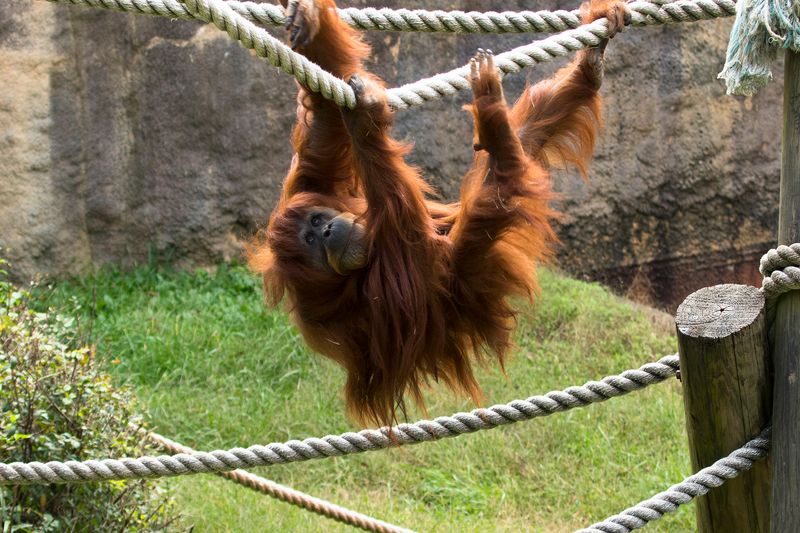
Orangutans routinely dismantle their surroundings, requiring constant habitat repairs and replacements. Their intelligence demands complex enrichment programs with new puzzles and activities daily.
These arboreal apes need elaborate climbing structures with ropes, hammocks, and platforms that must be regularly inspected and maintained.
Their specialized care requires highly trained keepers and veterinarians. Altogether, orangutans cost zoos approximately $400,000 annually per small family group.
12. Sharks: Swimming In Expenses
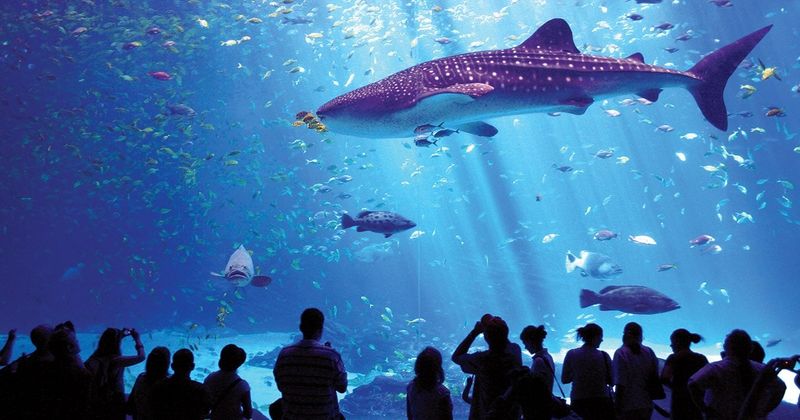
Massive aquarium tanks for sharks cost millions to build and require constant monitoring by specialized aquarists. Water quality management alone costs thousands weekly, with precise salinity, pH, and temperature requirements.
Large sharks consume significant amounts of seafood, with some species requiring $40,000+ in annual feeding costs. When equipment failures occur, emergency response teams must mobilize immediately. All factors considered, shark exhibits cost zoos approximately $500,000 annually to maintain.
13. Lions: Royal Resource Drain
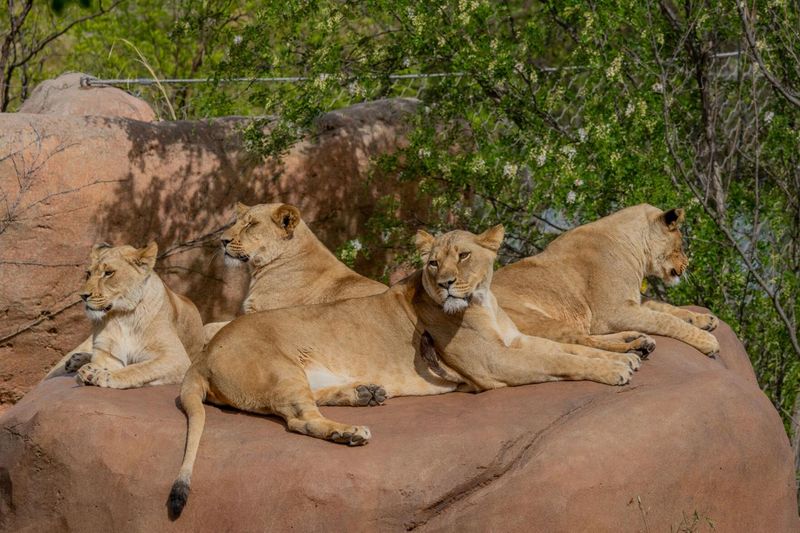
Lion prides require expansive habitats with both indoor and outdoor spaces. Their carnivorous diet costs approximately $15,000 annually per lion, with most zoos housing multiple animals.
Safety concerns necessitate multiple containment barriers and specialized handling equipment. Veterinary care includes expensive procedures like dental work and preventative medicine. Between habitat maintenance, security, and care, lion exhibits cost zoos approximately $150,000 yearly per animal.
14. Beluga Whales: Aquatic Money Pits
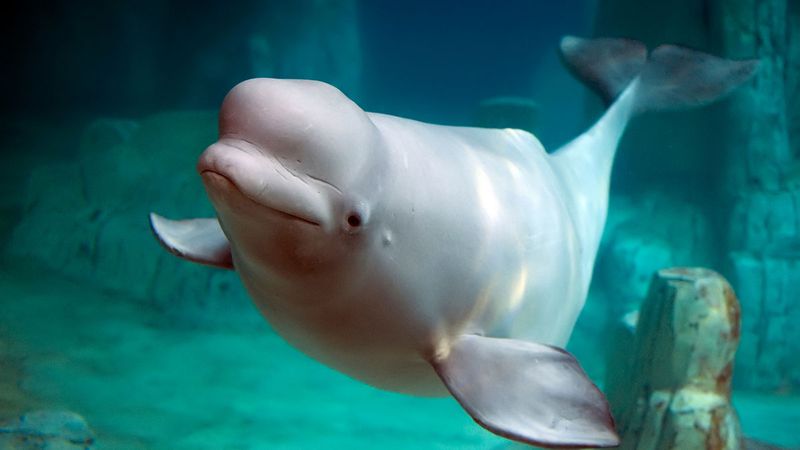
Beluga tanks hold millions of gallons of precisely chilled saltwater, with filtration systems costing millions to install and operate. Their specialized diets include various fish species, costing approximately $50,000 annually per whale.
Belugas require multiple caretakers with marine mammal expertise commanding high salaries. Medical care includes specialized veterinarians and custom-built medical pools. All told, a small pod of belugas costs aquariums approximately $1 million yearly to maintain.
15. Flamingos: Surprisingly Expensive Flocks
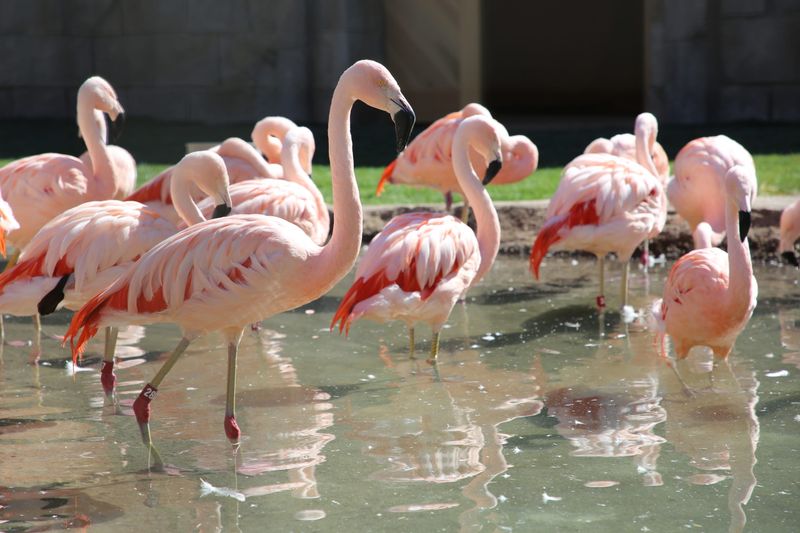
Flamingos only maintain their pink color through specialized diets containing carotenoid pigments from shrimp and algae. This specialized food costs approximately $7,000 annually per bird, with most exhibits housing 20+ flamingos.
Their shallow pools require precise water chemistry and frequent cleaning. Flamingos are also surprisingly delicate, requiring extensive veterinary care. When all costs are tallied, flamingo flocks cost zoos approximately $200,000 yearly to maintain.




